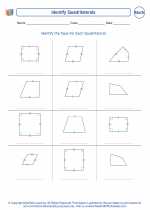Rotational Symmetry
Rotational symmetry is a concept in geometry that describes the property of a shape or object to look the same after a certain rotation. When a shape can be rotated less than 360 degrees and still appear unchanged, it is said to have rotational symmetry.
Order of Rotational Symmetry
The order of rotational symmetry of a shape is the number of times it can be rotated less than 360 degrees and still appear unchanged. For example, a shape with a 4-fold rotational symmetry means it can be rotated 90 degrees, 180 degrees, or 270 degrees and still look the same.
Examples of Rotational Symmetry
Some common shapes that exhibit rotational symmetry include squares, equilateral triangles, circles, and regular polygons. These shapes have a high degree of rotational symmetry due to their uniformity and equal angles.
Rotational Symmetry in Everyday Objects
Rotational symmetry can be found in many everyday objects and designs, such as the petals of a flower, the blades of a windmill, and the design of a snowflake. Understanding rotational symmetry can help in creating aesthetically pleasing and balanced designs.
Understanding rotational symmetry is important in various fields, including art, architecture, and engineering, as it helps in creating harmonious and balanced designs. It also has applications in fields such as crystallography and molecular geometry.
By recognizing and understanding rotational symmetry, we can appreciate the beauty and harmony present in the shapes and objects around us.
[Rotational Symmetry] Related Worksheets and Study Guides:
.◂Math Worksheets and Study Guides Third Grade. Shapes

 Worksheet/Answer key
Worksheet/Answer key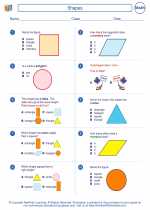
 Worksheet/Answer key
Worksheet/Answer key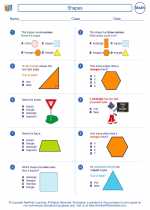
 Worksheet/Answer key
Worksheet/Answer key
 Worksheet/Answer key
Worksheet/Answer key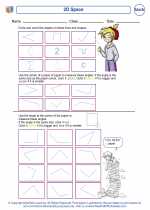
 Worksheet/Answer key
Worksheet/Answer key
 Worksheet/Answer key
Worksheet/Answer key
 Worksheet/Answer key
Worksheet/Answer key
 Worksheet/Answer key
Worksheet/Answer key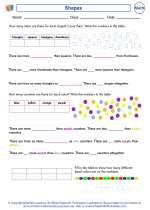
 Worksheet/Answer key
Worksheet/Answer key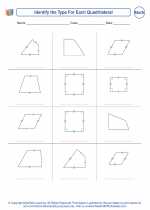
 Worksheet/Answer key
Worksheet/Answer key